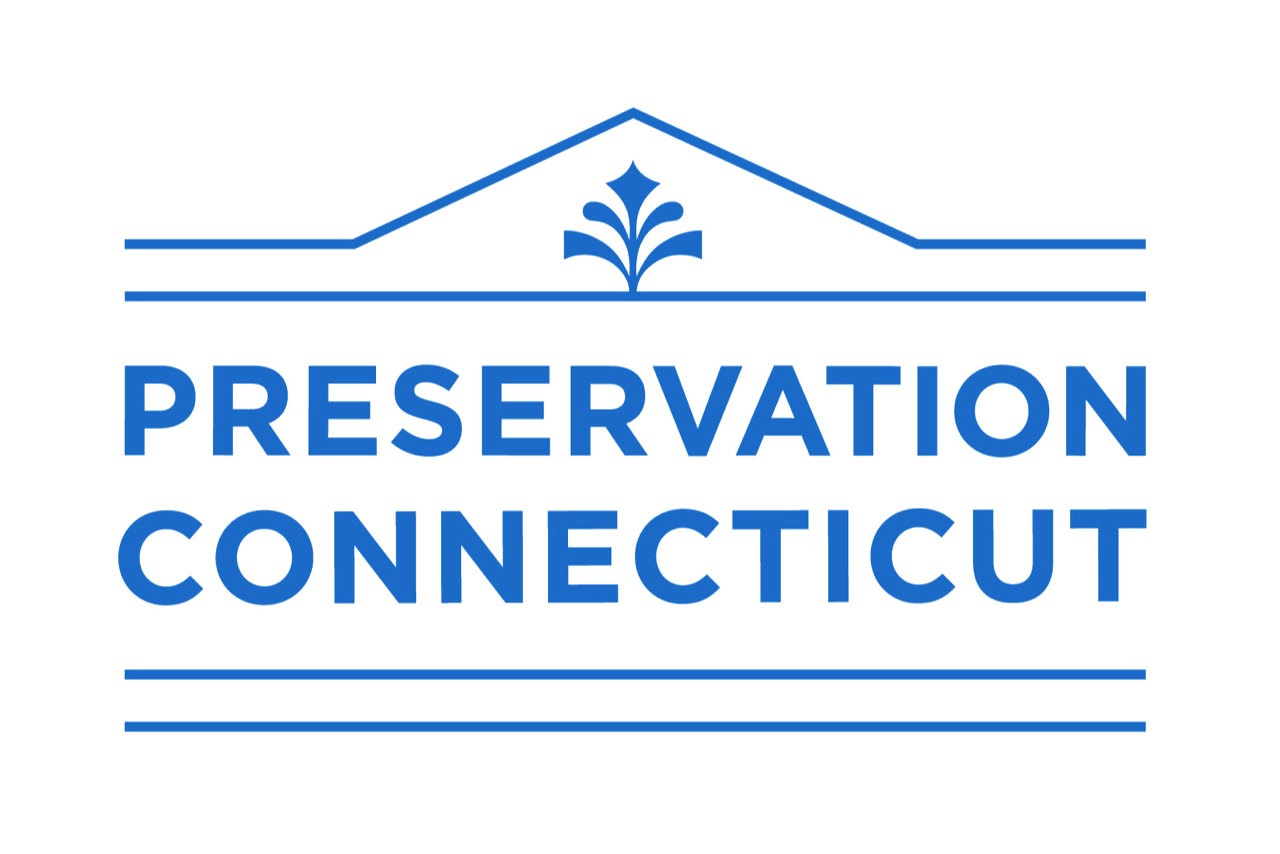What is Historic Preservation?
Historic preservation is a multifaceted field that conserves and protects structures, sites, and artifacts that have significant historical, cultural, or architectural value.
But it’s about much more than just saving buildings from the past. At its heart, historic preservation is about people.
Historic resources are part of the fabric of our communities. The collective memories and experiences that we associate with historic sites, buildings, and objects can strengthen the bonds within a community.
History can be reflected upon and understood from many perspectives by people of different races, ethnicities, and socioeconomic backgrounds. That is why historic preservation strives to document and preserve the places that matter to everyone.
The field of historic preservation is just as diverse as the people and resources it serves. The field includes historians, architects, archaeologists, tradespeople, craftspeople, lawyers, real estate developers, affordable housing advocates, and municipal planners. The practice of historic preservation draws on a variety of tools to preserve the places that give our state its character and provide a sense of place for Connecticut’s citizens through a variety of project types like converting former industrial properties to housing or commercial uses, rehabilitating a building by a non-profit for affordable housing, restoring a house for a museum, or even a private homeowner fixing and maintaining their historic home.
Preservation contributes to the understanding and appreciation of Connecticut’s history by identifying, documenting, maintaining, and protecting the places that matter to its people.
Other ways to understand Connecticut's history
While historic preservation is focused on the preservation of buildings, structures, or landscapes, Connecticut’s past is embodied in other types of cultural objects, including:
- artifacts, clothing & textiles, maps, tools
- publications, manuscripts & diaries
- works of art
- moving/still images and audio recordings
- oral histories
- other museum, library, and archival resources
Organizations that focus on these materials and those that own and/or steward historic buildings also face challenges with maintaining collections and preserving these types of materials. Please visit the Connecticut League of Museum’s website to learn more.
A little bit about designations...
This toolkit is based on the commonly accepted parameters for what constitutes a historic property, as defined by the National Park Service for the purposes of the National Register of Historic Places. These include buildings, structures, sites, districts, and objects that possess significance in the areas of American history, architecture, archeology, engineering, and/or culture.
To be considered historic within these nationally accepted parameters, a resource must also possess historic integrity. Integrity is the authenticity of a property’s historic identity, conveyed by the survival of physical characteristics that existed during the property’s prehistoric or historic period. There are seven qualities that are evaluated when assessing a property’s integrity: location, design, setting, materials, workmanship, feeling, and association.
Preservation is not just for designated buildings however. If a location is not listed on the State or National Register of Historic Places, it still matters! PCT is happy to answer questions, make site visits, and do our part to help maintain all historic places that matter to Connecticut’s residents and communities. Do you know if your building is listed? Check out the state’s ConnCRIS mapping site to find out!
